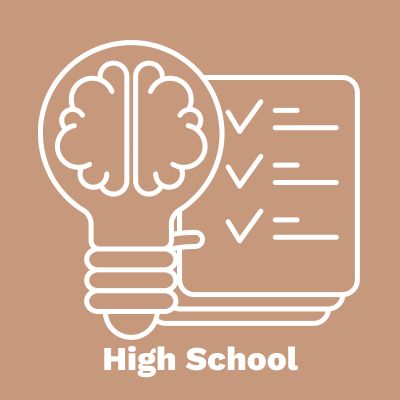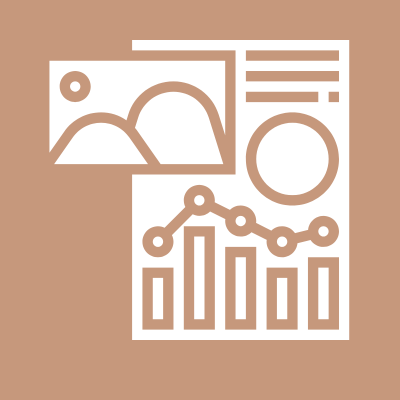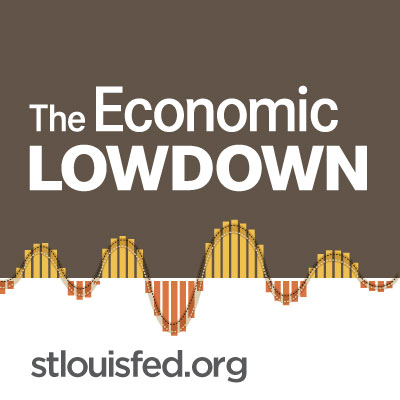Benjamin Franklin and the Birth of a Paper Money Economy
Learn about the history of paper money in the United States.
{{searchResultSnippet}}
 Back to All
Back to All

This video assignment describes the three functions of money and the six characteristics that makes money what it is.
Money is a new, modern form of trading. Money is what you use to buy things. It doesn’t have to be paper. It’s just like anything you can get in return for a valuable. You can use the physical representation to buy products. The money can’t be easily counterfeited or duplicated, so that there’s some value to the money that people have in their hands. If it grew on trees, then everyone would be growing it, and it would lose its value. It has to be accessible and convenient so that people can easily use their money. You can use money for gas, buying a car, food, gum…anything you want. So what IS money? That’s a simple question, but the answer is a little more complicated. Economists say money is three things: It’s a medium of exchange. In other words, you exchange it for goods or services. It’s also a unit of account, meaning that you can measure what something is worth in dollars—at least in the U.S. In other countries, they use other forms of money. Finally, money is a store of value, meaning you can hold on to money and use it later. The more money holds its value, the more likely you’ll be able to buy the same amount of goods and services with it later. For something to work well as money, it should have six characteristics: Money is divisible. After all, you have to be able to make change by dividing larger notes into smaller ones and into coins. It’s portable. All modern money is easy to carry around. It’s acceptable. Dollars are accepted as payment everywhere in the U.S.—and many other places, too. It’s scarce. The supply of money is determined by a central bank—like the Fed. And that amount is less than what everyone wants. It’s durable. Bills and coins can last for many months—or even years— before they are worn out and need to be replaced. And it’s stable. Your dollar shouldn’t gain or lose much value for a long time. Now, what gives money value? Simply that other people will accept it to pay for goods and services. Money could be backed by something people think has lasting value, like gold. But that doesn’t necessarily make it more valuable. U.S. currency isn’t backed by gold or silver; it’s backed by people’s trust that it’s worth something. And that trust is, in large part, based on the actions of the Federal Reserve.

Benjamin Franklin and the Birth of a Paper Money Economy
Learn about the history of paper money in the United States.

Know the $20 Table Tent
Learn how to test if a banknote is real.

Econ Lowdown Podcast Series
21 Economics audio assignments for your classroom

Dollars in Detail Brochure
Learn about the U.S. currency.

Quick Reference Card
Learn how to identify banknote counterfeits.

Decoding Dollars: the $20 Brochure and Poster
Learn about security features of a $20 bill.

Boom Times and Bubbles: The Internet Age
Learn about the Monetary Control Act of 1980.

Central Banking
Learn the basics parts a central bank.

Creation of the Federal Reserve
Learn about banking panics, recessions, and depressions in the U.S. during the 1800s.

Inflation, Deflation, and Disinflation
Learn the differences between inflation, deflation, and disinflation.

Inflation, the Fed, and You
Learn what causes inflation.

Introduction to the Federal Reserve
Introduce the Fed’s three main functions.

Monetary Policy Fed and You
See how the Fed conducts monetary policy.

Money Versus Barter
Learn how money solves problems created by barter systems.

Price Stability
Learn the importance of price stability.

Stagflation in the 1970s
How did Federal Reserve Chairman Paul Volcker contain inflation, spurred economic growth, and reduced unemployment?
{{resourceTitle}}
{{resourceBlurb}}